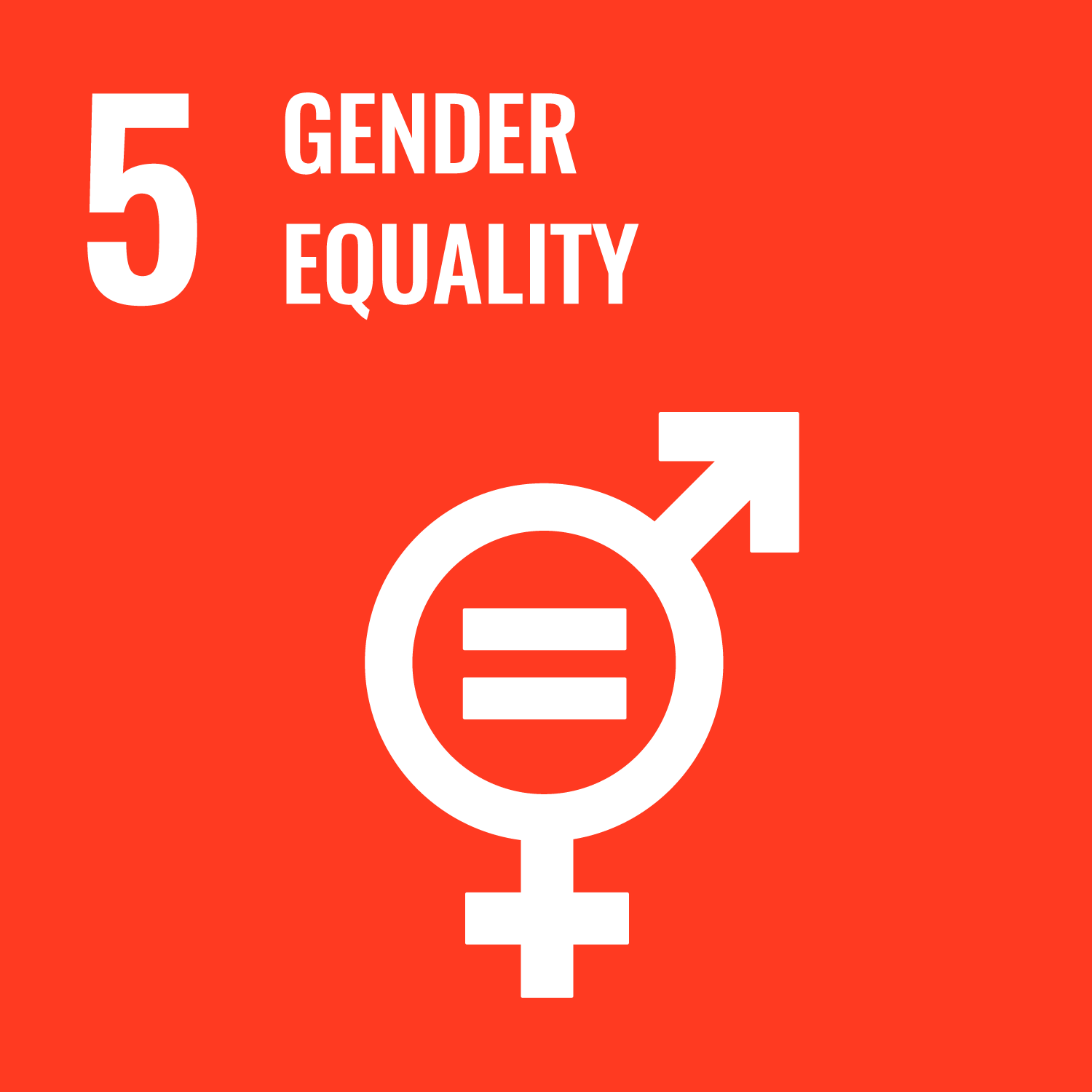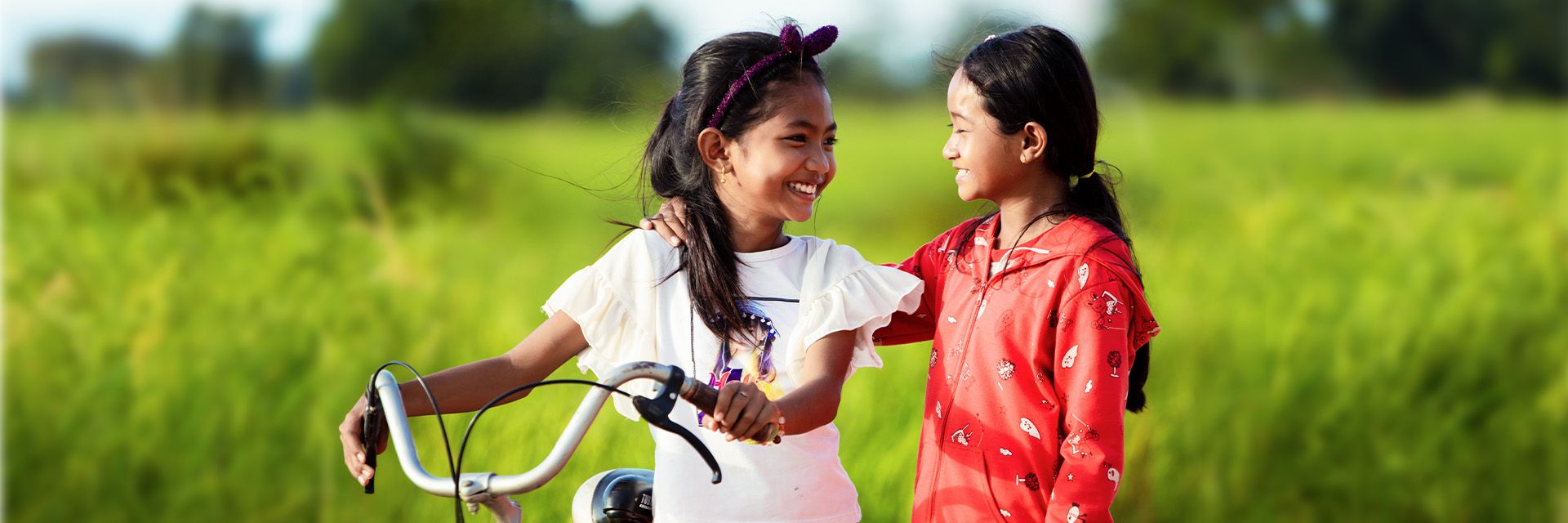The goal for 2025 is to reach over 805,000 people through Child Protection and Participation-focused programs.
From 2021 to 2024, there has been a positive trend in the number of children and adults trained on child protection topics such as positive parenting, children’s rights and early marriage. South Sudan saw the highest engagement, with 287,222 individuals trained, followed by Central African Republic (29,283) and Haiti (19,401), reflecting a growing commitment to strengthening child protection efforts globally. Our research estimates that for every dollar invested in our positive parenting programs, more than $4 in mental health benefits are generated for the children who participate.
Child protection activities focused on ending violence had a notable increase in participation from 66,359 in 2023 to 187,356 in 2024. The Matyazo Child Protection and Education project in Rwanda figured prominently in this increase. Our dedication to addressing this critical issue is unwavering, as we strive to ensure a safer and brighter future for all children.
Since 2022, the number of people receiving psychosocial support services has steadily increased, with a spike in 2024 to 52,311 individuals, up from 11,575 in 2023. This jump was largely driven by the Increased equitable access to learning opportunities in a safe and protective environment project, which launched in specific regions of Ethiopia in response to the East Africa Hunger Emergency.
However, the closure of the Lifesaving WASH, Health, and Protection Emergency Response in Baidoa project in Somalia at the end of 2023 led to a notable decrease in the number of community support groups established. Similarly, child protection case management services saw a decline following the successful completion of the Philippines’ Livelihoods & Children’s Care development project.














